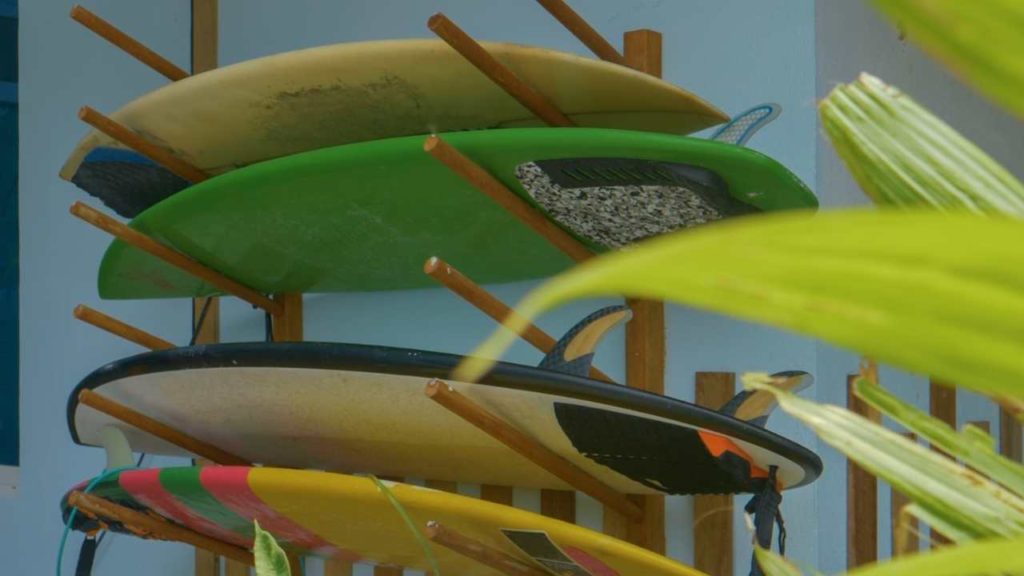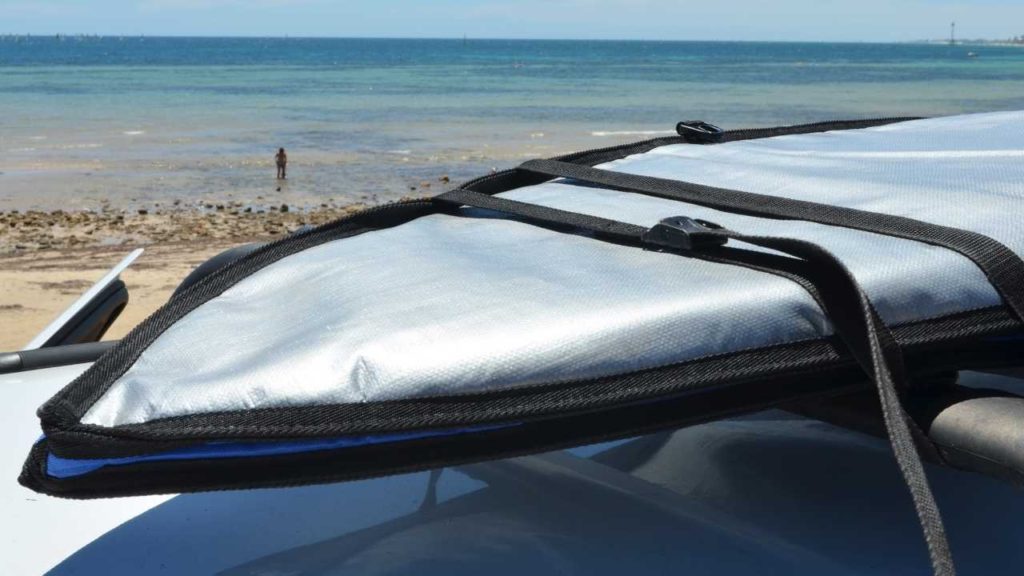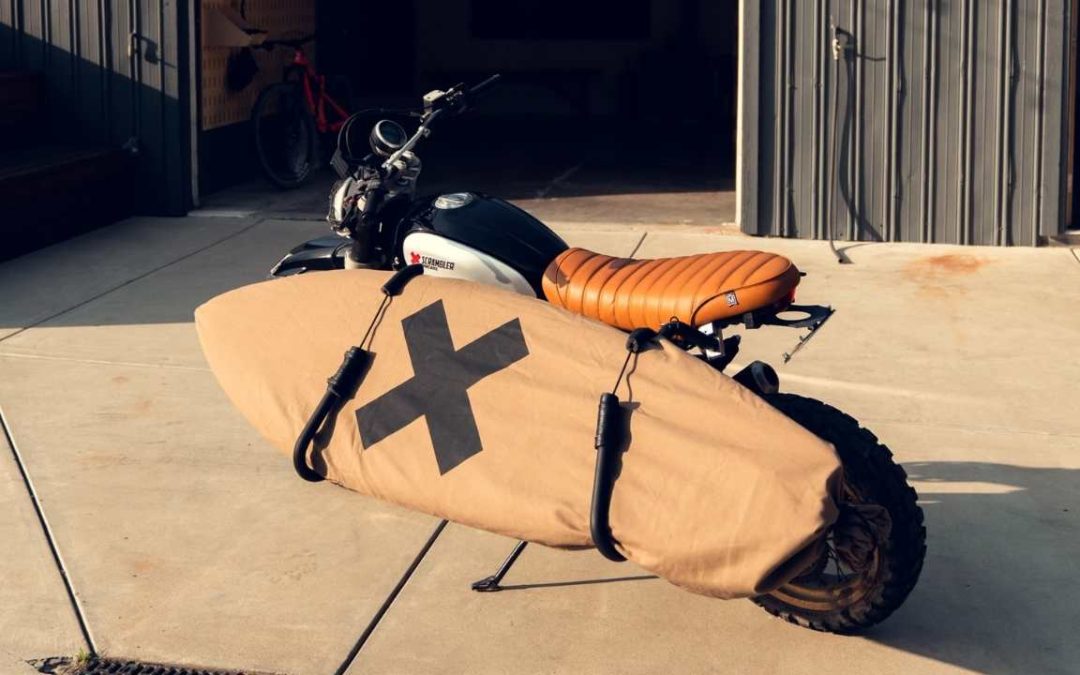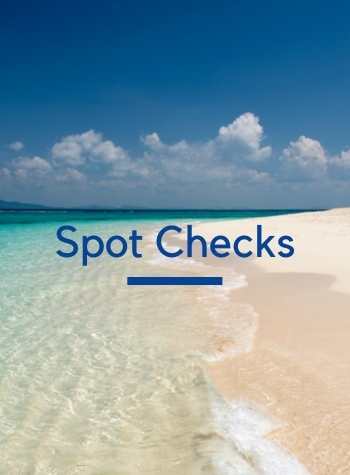Your surfboard is made of chemicals that can easily get ruined in heat or direct sunlight. If you want your surfboard to keep looking good, then you’ll have to take proper care of it even when you’re not surfing.
Storing a surfboard in a bag when not in use will protect it from harmful UV rays, scratches, and potential dings, as well as other possible damage. A Surfboard Bag is the best way to protect your surfboard while transporting it.
Board bags are ubiquitous out there these days. It is as if everyone has one for their surfboard. For good reason. Boards cost a lot and a board bag keeps them safe.
Want to learn a few more tips to keep your surfboard in good shape for a lot longer? Then read on.
Tips to Take Care of Your Surfboard
Your surfboard is built to perform in the water, not to be indestructible on land. Because of the nature of surfboard construction, boards can get damaged very easily. You have to be very careful with how you handle them. Itʻs as if dings are attracted to them.
Below are a few tips to help you manage taking care of your surfboard better, so that it will last longer.
- Use a Surfboard Bag
Your surfboard is most vulnerable to getting ruined when it hasn’t been stored properly. You can use a high-quality surfboard bag while traveling or when not using it.
These specialized bags will keep your surfboard free of any scratches and block any harmful sunlight that may affect your surfboard.
- Protect Surfboard From Direct Sunlight
The sun may make you warm during a cold day, but in regions where the temperature rises, it can be very brutal for the surfboard.
You have to make sure that your surfboard is out of direct sunlight, which will enhance its durability and life.
Learn more about keeping your surfboards outside in this post.
- Use Surfboard Racks
While storing your surfboard at your home, or transporting your board to the beach, you can use a specialized rack to let your precious surfboard sit on a soft surface.
I have my surfboard placed on padded wall racks when I have it stored in between surfs. When Iʻm off to hit the beach, I once again have padded racks on the roof of my car to transport my surfboard on. Itʻs better than trying to fit it inside of a car and dinging it up that way.
These racks that can be found on Amazon are perfect for storing your surfboards.
Steps to Storing Your Surfboard for the Next Season

I donʻt know about you, but I have certain boards for certain seasons. I have two surf spots where I live, when that gets pretty playful beach and reef break waves all year and a rivermouth point break that breaks only in the winter.
Itʻs important to make sure that your surfboard is properly stored for the next season and doesn’t get ruined. I remember not taking proper care one season. The first swell arrived and I dug out my winter board and the fin was cracked. No waves for me for a few weeks.
For that, I have a few preventive measures that will make sure that your surfboard is ready to be used next season.
- Protect Your Surfboard from Dust
You can use a proper surfboard bag that will restrict any dust particles from ruining your expensive surfboard.
I have already mistakenly stored my surfboard in the storeroom without a proper bag. After a few months, while I was shifting, it got a lot of deep scratches, and the color just got very dull.
- Store Your Surfboard at a Dry and Cold Place
Storing your surfboard for longer periods, like for the next season of surfing, might be tricky, but you can use a proper surfboard bag and try to store it in a cold and dry place.
A garage can be a good place to keep your boards, as long as you follow a few tips outlined in this post.
- Don’t Leave Your Surfboard at an Angle
Remember that it is best not to leave it on the floor or against the wall. It can cause your surfboard to bend or chip from the sides; if any external pressure is exerted by other stuff in your storeroom.
Try to place your surfboard on specialized racks off of the ground.
- Clean Your Surfboard Before Storing
Before you store your surfboard, ensure that it is properly washed and all of the mud, sand, or salt is removed to avoid any corrosion.
Even though your surfboard is made to be used in salty waters, it can easily strip off the surface of your board or ruin different components.
- Remove Fins From Your Surfboard
The purpose of removable fins is so that you can properly store your surfboard when it is not in use. It won’t take long for you to remove your fins the proper way as outlined in this YouTube video, yet it will surely save your surfboard from damage.
Storing Your Surfboard in the Car

I like to use surf racks to transport my surfboard on my car to the beach, which you can learn more about in this post, but what if I want to leave my car and surfboard behind for a few hours? Is it ok to leave the surfboard in the car?
If left in the sun, the temperature inside of a car can get up to extreme limits, leading to chemical reactions that might lead to delamination among other things.
If you absolutely must do this, you can park the car in the shade with your windows cracked.
Keeping your surfboard inside of a board bag will help even further. Learn more about keeping your surfboards in a car in this post.
Right Bag for Your Surfboard
Are you looking for a surfboard bag to protect your surfboard? I think you should. If you havenʻt been convinced already, a board bag will go a long way towards protecting your surfboard over the long haul.
My favorite board bags are by Prolite. Theyʻve been around the longest and their gear holds up. Plus they make it easy for you to order one through Amazon.
The Last Swell
Surfboards can be quite expensive, and I can’t afford to buy a new surfboard every season.
I would rather store my surfboard properly to avoid any damage and increase its durability.
Do I use a board bag to protect my surfboards while traveling? Of Course. Do I worry about it every day? Not so much.
Most dings happen in the water in my experience. I canʻt be bothered with a board bag every time, but for long-term storage and travel, you bet ʻcha.



